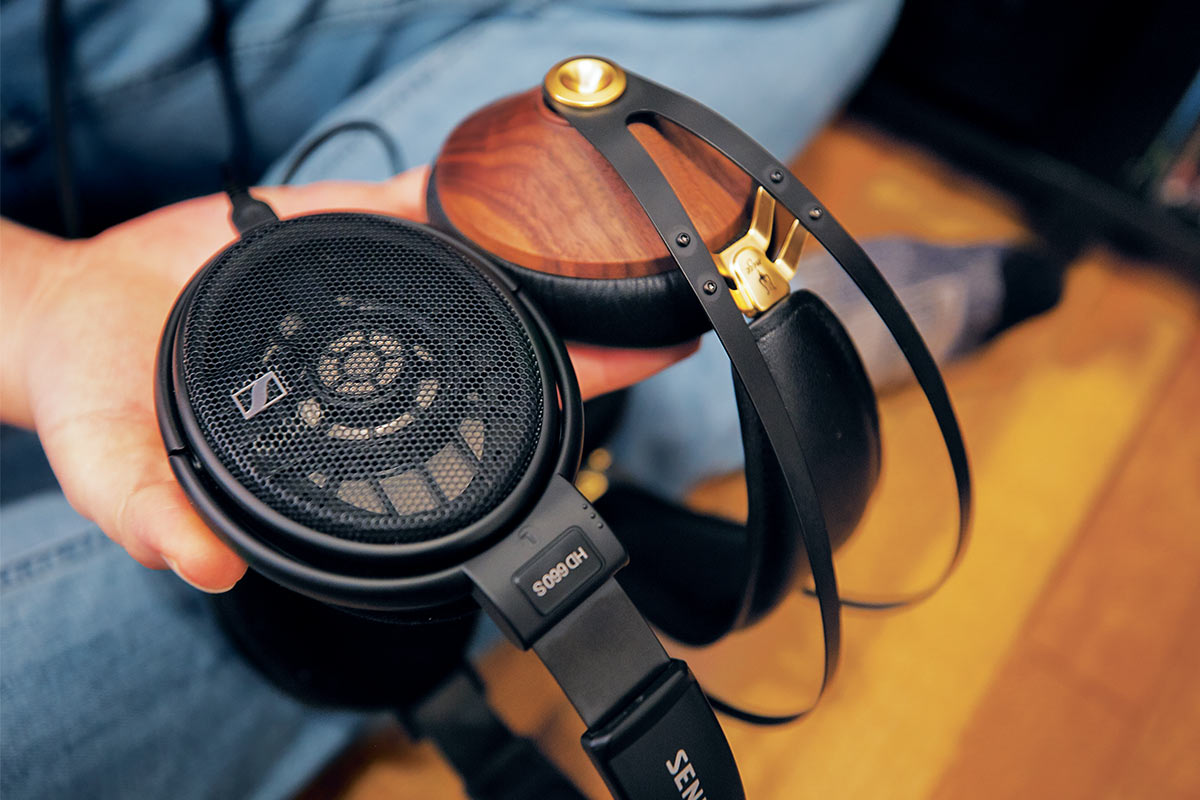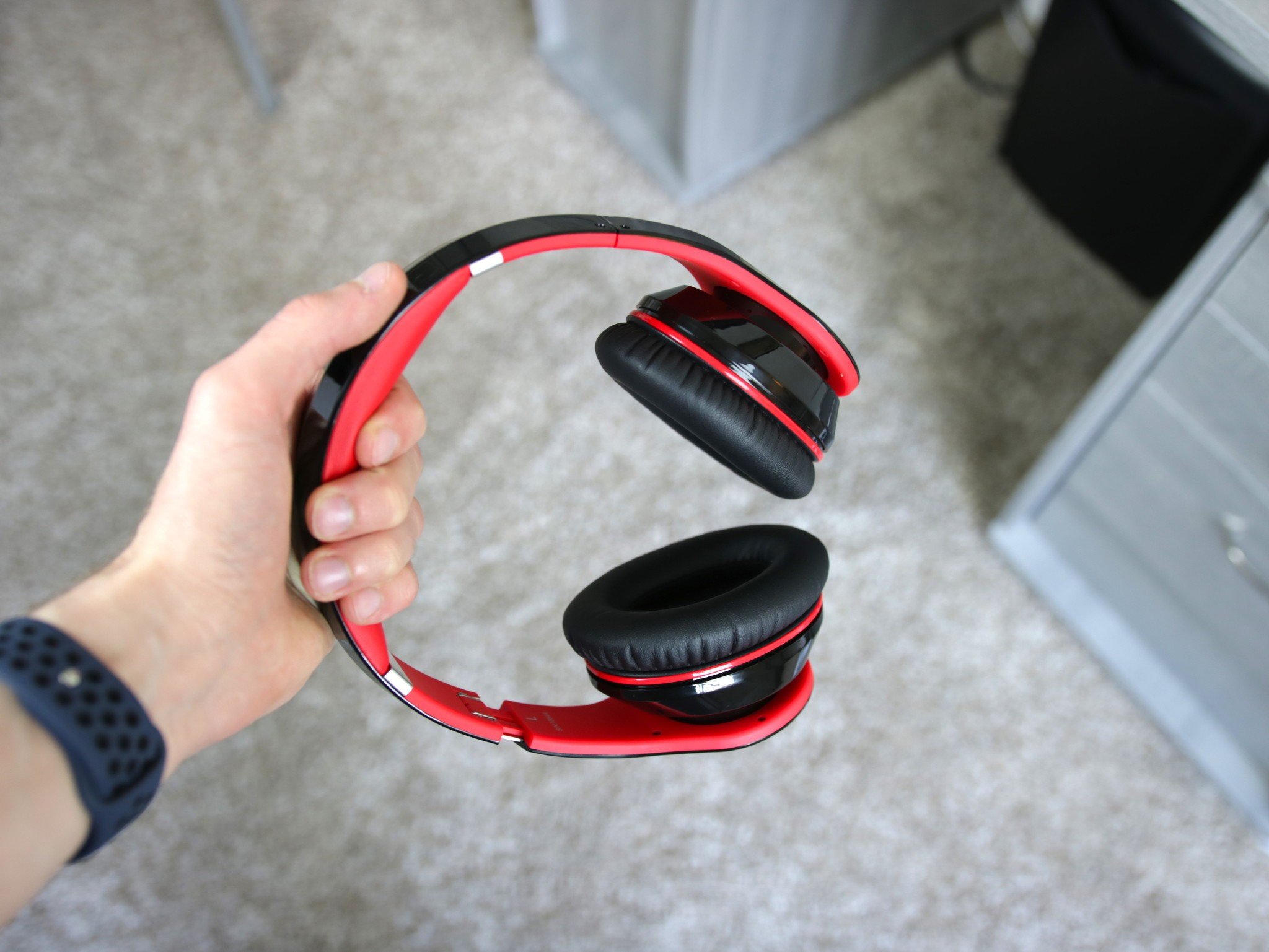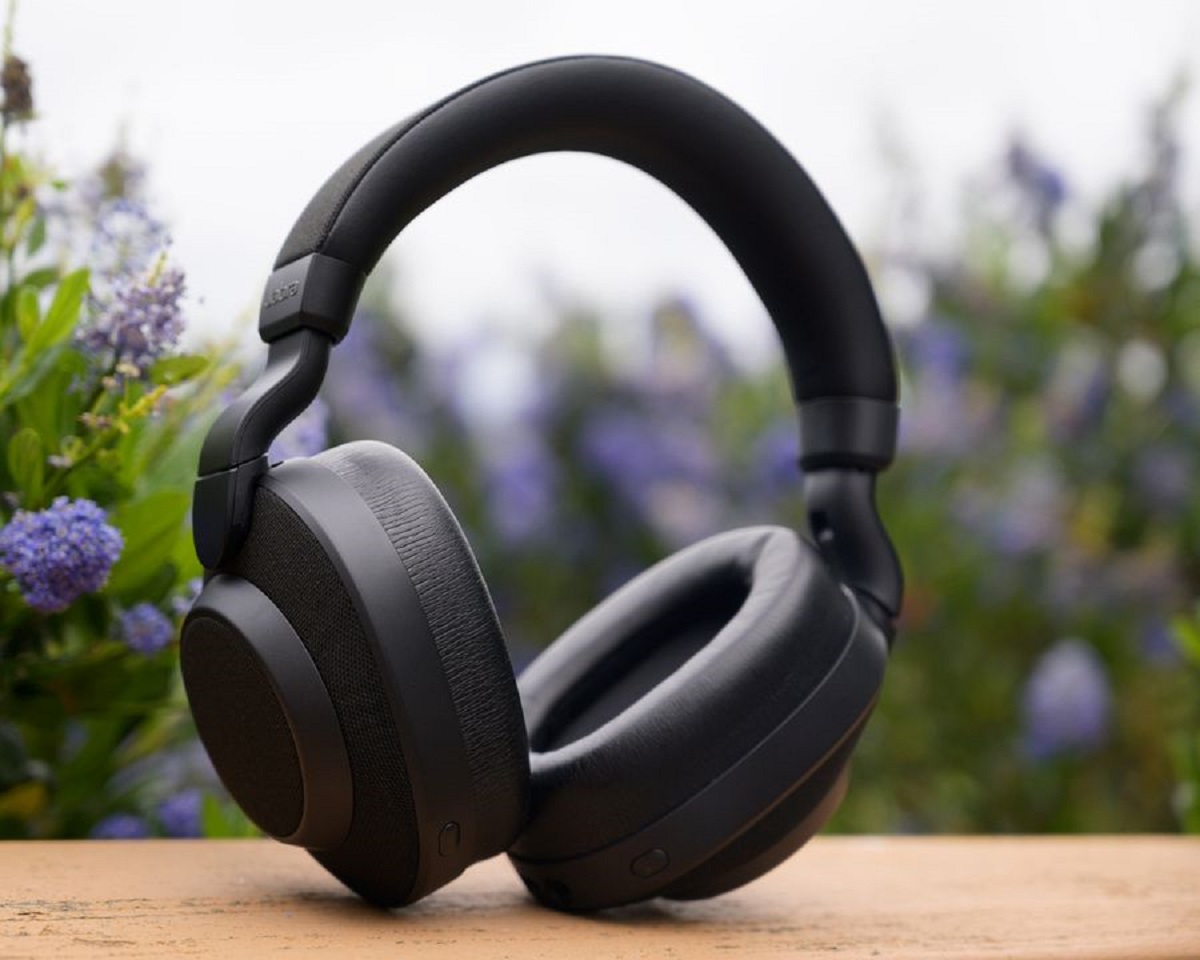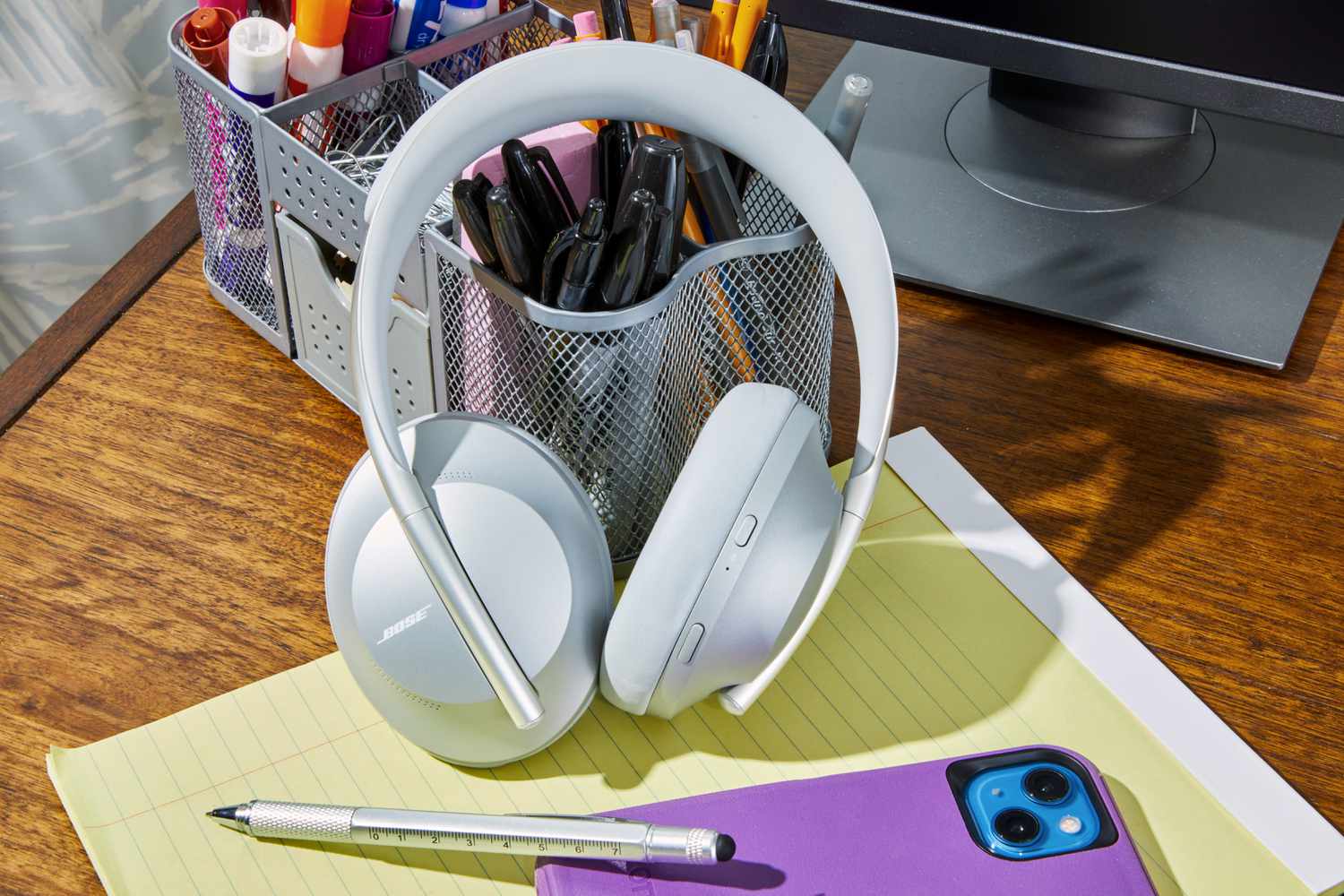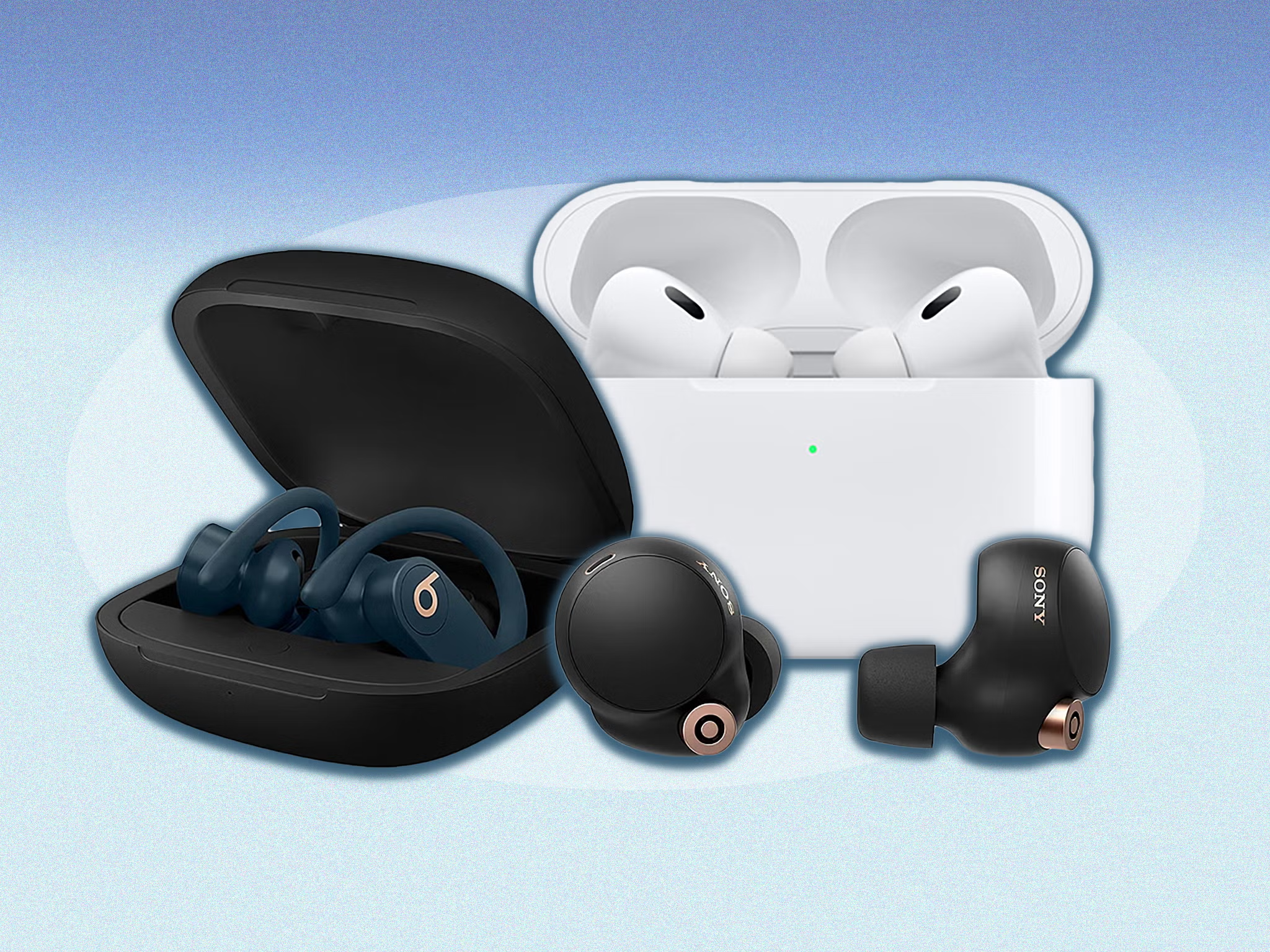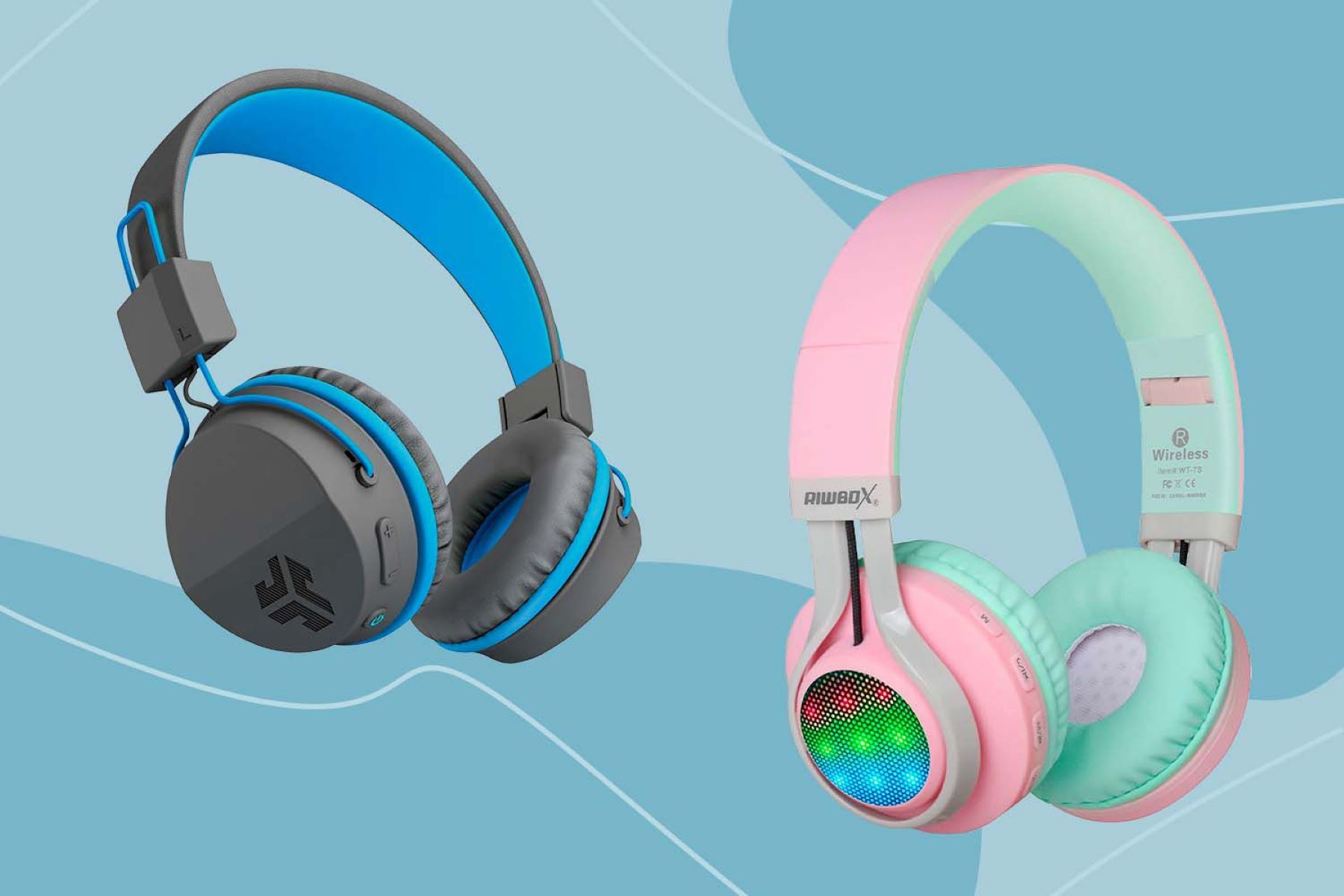Introduction
Are you tired of your over-ear headphones causing discomfort and pain after extended use? You're not alone. Many individuals experience this issue, which can detract from the enjoyment of listening to music, engaging in gaming sessions, or participating in virtual meetings. The good news is that there are several strategies you can employ to alleviate this discomfort and prevent it from recurring. By making simple adjustments and taking proactive measures, you can enhance the comfort of your over-ear headphones, allowing you to fully immerse yourself in your chosen activities without the distraction of discomfort.
In this article, we'll explore various techniques to prevent over-ear headphones from causing discomfort. From proper adjustment and selecting the right size to incorporating padding and cushioning, taking regular breaks, and implementing cleaning and maintenance routines, there are numerous avenues to explore. By incorporating these strategies into your headphone usage routine, you can significantly reduce the discomfort associated with over-ear headphones, ensuring a more pleasurable and pain-free experience.
Whether you're a music enthusiast, a dedicated gamer, or someone who relies on headphones for professional purposes, the insights shared in this article will empower you to address the discomfort caused by over-ear headphones effectively. Let's delve into these practical and actionable solutions to ensure that your headphone-wearing experience is comfortable and enjoyable, allowing you to fully appreciate the audio content without the distraction of discomfort.
Proper Adjustment
Ensuring that your over-ear headphones are properly adjusted is crucial in preventing discomfort during extended use. Start by adjusting the headband to fit securely but not too tightly on your head. The goal is to distribute the weight of the headphones evenly without exerting excessive pressure on the top of your head. Additionally, the ear cups should fully encompass your ears, creating a seal without causing discomfort. By achieving the right balance of snugness and comfort, you can minimize the strain on your head and ears.
When adjusting the headphones, take note of any pressure points or areas of discomfort. Experiment with different adjustments to find the most comfortable fit. It’s important to remember that proper adjustment is highly subjective and may vary from person to person, so take the time to customize the fit to your unique preferences.
Furthermore, consider the positioning of the headband and ear cups. The headband should rest comfortably on the top of your head, and the ear cups should align evenly with your ears. If the headphones have swivel or rotation features, take advantage of these adjustments to achieve an optimal fit. Proper adjustment not only enhances comfort but also contributes to improved audio quality, as a secure fit can create a better seal for sound isolation.
By prioritizing proper adjustment, you can proactively address discomfort and ensure that your over-ear headphones provide a comfortable and immersive listening experience. Remember, a few simple tweaks to the fit can make a significant difference in your overall comfort level during extended headphone use.
Choosing the Right Size
When it comes to over-ear headphones, selecting the right size is paramount in preventing discomfort and ensuring an optimal listening experience. The size of the headphones can significantly impact comfort, especially during extended use. If the ear cups are too small, they may press against the ears, causing discomfort and potentially affecting the quality of sound isolation. Conversely, oversized ear cups may lead to a loose fit, compromising both comfort and audio quality.
Prior to making a purchase, it’s essential to consider the dimensions of the ear cups in relation to the size of your ears. Look for headphones with ear cups that fully encompass your ears without exerting pressure on the earlobes or cartilage. This ensures a comfortable fit that minimizes strain during prolonged use. Additionally, adjustable headbands can accommodate varying head sizes, contributing to a personalized and comfortable fit.
It’s worth noting that some headphone models offer different ear pad options, allowing users to customize the fit based on their preferences. This feature can be particularly beneficial for individuals with larger or smaller ears, as it provides the flexibility to select the most suitable ear pad size for optimal comfort.
When trying on over-ear headphones, pay attention to how the ear cups feel against your ears. The ideal fit should create a gentle seal without exerting excessive pressure. Take the time to assess the comfort level and ensure that the headphones provide a snug yet comfortable fit that accommodates the size and shape of your ears.
By prioritizing the selection of the right size, you can proactively mitigate discomfort and enhance the overall enjoyment of using over-ear headphones. A proper fit not only contributes to comfort but also plays a pivotal role in delivering an immersive and high-quality audio experience.
Padding and Cushioning
The padding and cushioning of over-ear headphones play a crucial role in determining the level of comfort during extended use. Quality padding not only enhances comfort but also contributes to sound isolation, allowing for an immersive audio experience. When evaluating headphone options, pay close attention to the material and thickness of the padding, as these factors directly impact comfort and long-term wearability.
Look for headphones with ample cushioning in the ear cups and headband. Memory foam padding, for example, conforms to the shape of the user’s head and ears, providing a comfortable and personalized fit. Additionally, breathable materials can prevent heat buildup and discomfort, particularly during prolonged use. The presence of soft, hypoallergenic materials can also reduce the risk of skin irritation, making the headphones suitable for extended wear.
Furthermore, consider the distribution of padding and cushioning throughout the headphones. Adequate padding around the ear cups ensures that the ears are comfortably accommodated without experiencing pressure points. Similarly, a well-padded headband can alleviate strain on the top of the head, enhancing overall comfort.
For individuals who wear glasses, paying attention to the design of the ear cups is essential. Look for headphones with ample space and soft padding around the ear cups to prevent discomfort or pressure on the temples. This consideration is especially important for maintaining comfort during prolonged use.
When assessing the padding and cushioning of over-ear headphones, prioritize both comfort and functionality. Quality padding not only contributes to a comfortable fit but also plays a crucial role in sound quality and isolation, ensuring an immersive and enjoyable listening experience.
Taking Breaks
While the comfort and design of over-ear headphones are important factors in preventing discomfort, it’s equally crucial to incorporate regular breaks during extended use. Prolonged and continuous headphone usage can exert strain on the ears, head, and neck, potentially leading to discomfort and fatigue. By implementing strategic breaks, you can alleviate this strain and maintain comfort throughout your headphone-wearing sessions.
One effective approach is to adhere to the 20-20-20 rule, especially when using headphones for tasks such as gaming or working. For every 20 minutes of headphone use, take a 20-second break and focus your vision on an object at least 20 feet away. This simple practice can reduce eye strain and provide a brief respite for your ears and head.
Additionally, consider removing your headphones and allowing your ears to rest for a few minutes during longer listening sessions. This brief intermission can alleviate any pressure or discomfort caused by prolonged headphone use. Use this time to stretch your neck, shoulders, and back to further reduce tension and promote overall comfort.
It’s important to be mindful of your body’s signals and take breaks as needed. If you notice any discomfort or pressure points while wearing headphones, don’t hesitate to pause and readjust the fit or take a short break to alleviate any strain. By proactively addressing discomfort and fatigue, you can maintain a comfortable and enjoyable listening experience.
Incorporating strategic breaks into your headphone usage routine is a simple yet effective way to prevent discomfort and fatigue. By being attentive to your body’s needs and implementing regular pauses, you can ensure that your headphone-wearing sessions are comfortable and sustainable, allowing you to fully immerse yourself in your chosen activities without the distraction of discomfort.
Cleaning and Maintenance
Regular cleaning and maintenance of over-ear headphones are essential not only for hygiene and longevity but also for ensuring ongoing comfort during use. Over time, headphones can accumulate dirt, oils, and debris, leading to discomfort and potential deterioration in performance. By incorporating simple cleaning and maintenance practices into your headphone care routine, you can uphold their comfort and functionality.
Begin by routinely wiping down the ear cups, headband, and other exposed surfaces with a soft, slightly damp cloth. This helps remove surface-level dirt and oils that can contribute to discomfort and skin irritation. It’s important to check the manufacturer’s guidelines regarding the use of cleaning agents to avoid damaging the materials.
For headphones with removable ear pads, consider periodically removing and cleaning them according to the manufacturer’s instructions. This can prevent the buildup of dirt and oils, preserving the comfort and cleanliness of the ear pads. Additionally, inspect the ear cups and headband for any debris or foreign particles that may have accumulated over time, and gently remove them to maintain a comfortable and hygienic wearing experience.
When it comes to maintenance, regularly inspect the structural integrity of the headphones, paying attention to the headband, hinges, and cables. Loose or damaged components can compromise the fit and comfort of the headphones, as well as their overall functionality. Address any issues promptly to prevent discomfort and ensure the longevity of your headphones.
Furthermore, consider storing your headphones in a clean and protective case when not in use. This safeguards them from dust, moisture, and physical damage, preserving their comfort and performance over time. Proper storage also minimizes the need for extensive cleaning and maintenance, as it reduces exposure to environmental factors that can impact the headphones’ condition.
By integrating regular cleaning and maintenance into your headphone care routine, you can uphold their comfort, hygiene, and longevity. These simple yet impactful practices not only contribute to a more enjoyable listening experience but also extend the lifespan of your over-ear headphones, ensuring that they continue to provide comfort and high-quality audio for years to come.
Conclusion
Addressing the discomfort associated with over-ear headphones is essential for ensuring a pleasant and sustainable listening experience. By incorporating proper adjustment techniques, selecting the right size, prioritizing padding and cushioning, taking strategic breaks, and implementing regular cleaning and maintenance, you can proactively mitigate discomfort and enhance the overall comfort of your headphone-wearing sessions.
Remember that proper adjustment is key to distributing the weight of the headphones evenly and minimizing pressure points. Additionally, choosing the right size and prioritizing ample padding and cushioning contribute to a comfortable and personalized fit. By taking strategic breaks and incorporating regular cleaning and maintenance practices, you can maintain the comfort, hygiene, and longevity of your over-ear headphones.
Whether you’re an avid music listener, a dedicated gamer, or rely on headphones for professional purposes, prioritizing comfort is vital. By implementing the strategies outlined in this article, you can elevate your headphone-wearing experience, allowing you to fully immerse yourself in your chosen activities without the distraction of discomfort.
With the combination of these practical and actionable solutions, you can effectively address the discomfort caused by over-ear headphones, ensuring that your listening sessions are comfortable, enjoyable, and sustainable in the long run. By taking a proactive approach to comfort and care, you can maximize the enjoyment and benefits of using over-ear headphones, creating an optimal listening experience tailored to your preferences and needs.







